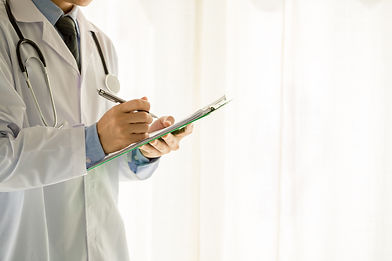Safe Piles Laser Treatment in Rajahmundry
What is Piles
Piles, also known as hemorrhoids, are swollen veins in the anal canal and lower rectum. They can be internal or external and are a common condition that affects many people. Symptoms of piles include pain, itching, and bleeding during bowel movements. Piles can be caused by various factors such as chronic constipation, pregnancy, and obesity. Treatment options include over-the-counter medications, lifestyle changes, and in severe cases, surgery. It is important to consult a healthcare professional for proper diagnosis and treatment of piles.

Symptoms of Piles
Some common symptoms of piles include:
-
Pain or discomfort in the anal region
-
Itching or irritation around the anus
-
Swelling or inflammation in the anal area
-
Bleeding during bowel movements
-
A lump or hard, painful mass near the anus
-
Difficulty passing stool or feeling like the bowels are not fully emptied
-
Mucus discharge from the anus.
Causes of Piles
There are several factors that can contribute to the development of piles, including:
-
Chronic constipation: Straining during bowel movements can put pressure on the veins in the rectum and anus, leading to the development of piles.
-
Pregnancy: The increased pressure on the pelvic area during pregnancy can cause piles to develop.
-
Obesity: Being overweight or obese can also put pressure on the veins in the rectum and anus, increasing the risk of developing piles.
-
Sitting for long periods of time: Sitting for extended periods of time, especially on hard surfaces, can increase pressure on the rectal veins and lead to the development of piles.
-
Age: As we age, the tissues that support the veins in the rectum and anus can weaken, increasing the risk of developing piles.
-
Genetics: Piles may also have a genetic component, meaning that if other family members have had piles, there may be an increased risk of developing them as well.


Treatment
Treatments for piles (hemorrhoids), here are some options:
-
Over-the-counter medications: There are many over-the-counter creams, ointments, and suppositories available that can help relieve the symptoms of piles, such as itching, swelling, and pain. These medications usually contain ingredients like hydrocortisone, witch hazel, or lidocaine.
-
Sitz baths: A sitz bath involves soaking the anal area in warm water for 10 to 15 minutes several times a day. This can help reduce swelling and ease discomfort.
-
Increased fiber intake: Eating a diet high in fiber can help prevent constipation, which can make piles worse. Good sources of fiber include fruits, vegetables, whole grains, and beans.
-
Stool softeners: Stool softeners can help make bowel movements easier and less painful. They are available over-the-counter or by prescription.
-
Hemorrhoidectomy: If conservative treatments do not relieve symptoms, a hemorrhoidectomy may be necessary. This is a surgical procedure in which the piles are removed.
-
Rubber band ligation: This is a procedure in which a small rubber band is placed around the base of the piles, cutting off the blood supply and causing them to shrink and fall off.
It's important to note that you should always consult with a healthcare professional to determine the best course of treatment for your specific case.
